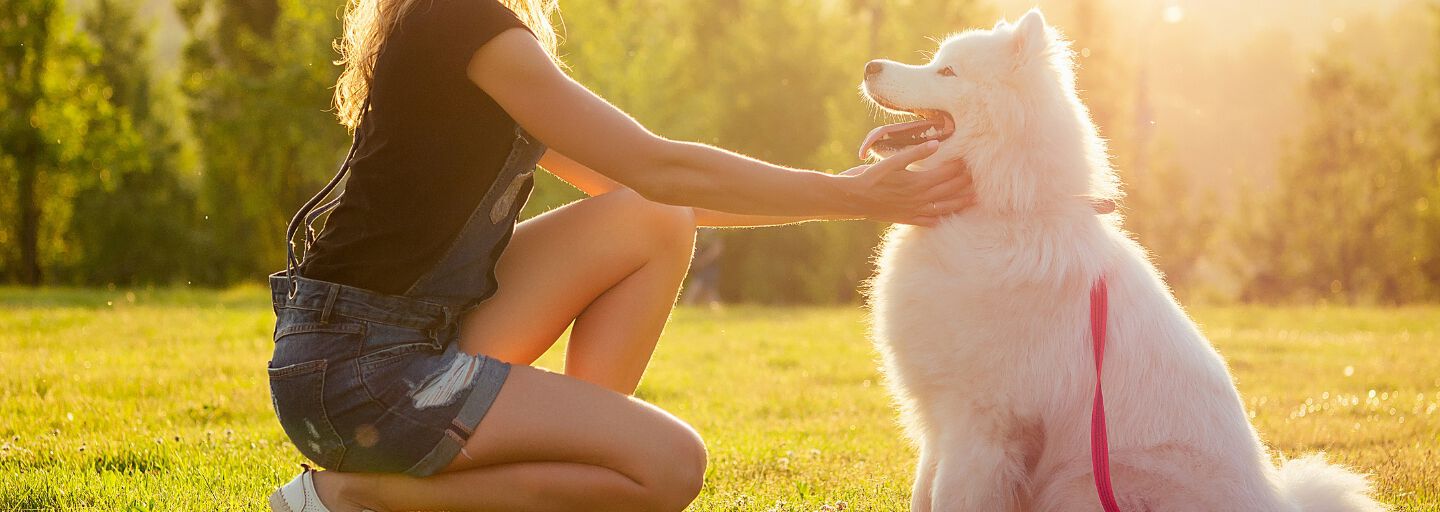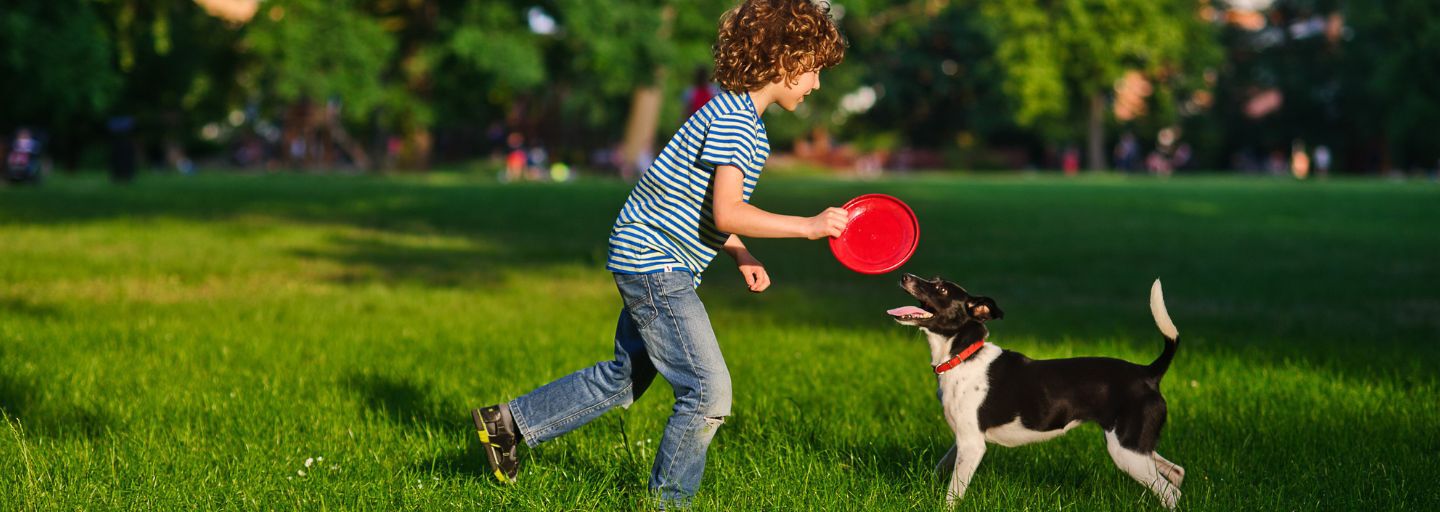Training is an important part of any dog's life, providing mental and physical exercise while enhancing the bond with your furry companion. When training your dog, it's crucial to use reward-based training, also known as positive reinforcement, which involves rewarding good behavior.
Reward Training
Reward training is highly effective and positive for dogs. Rewards can come in various forms, such as tasty treats, chin tickles, or verbal praise. It also involves ignoring unwanted behaviors like begging for food, teaching and training desirable behaviors simultaneously. Training an alternative behavior can speed up the process and create the ideal outcome.
Avoiding Negative Reinforcement
Reacting to unwanted behavior with anger, yelling, or physical punishment inadvertently reinforces the behavior by providing attention. Dogs work for outcomes, so if a behavior is repeated, it must be reinforced somehow. Consistency and removing the reinforcement are key to decreasing undesired behavior.
Tips for Successful Training
To become the envy of the dog park, follow these tips for teaching your dog new tricks and good behavior. Keep training sessions short and end them on a positive note. Additionally, focus on teaching yourself how to interact with your dog to maximize your relationship.
Two-Way Dog Training
Understanding your dog's thinking and what is normal for them is essential for effective training. Dogs are eager to please, so if they aren't following commands, it may be due to unclear communication. Using the right reinforcement, cues, commands, and body language is crucial for successful training.
When to Start Training
Training should begin as soon as you bring home a new puppy or rescue dog to prevent the development of bad habits. Establish ground rules beforehand and stick to them to ensure consistency.
Training Tips: Patience, willingness, and plenty of tasty treats are necessary for training. Find a good training class for guidance, support, and socialization, and work with a reputable dog trainer who uses positive reinforcement methods. Use suitable training aids and equipment, and gradually introduce real-life situations once your dog reliably performs tasks.
Types of Tasks
Training can help your dog fit into society and stay safe. Tasks such as housetraining, socialization, recall, and leash manners are essential. Additionally, training can help with teaching your dog to accept appropriate handling, such as grooming or veterinary procedures. It can also involve retrieving objects, performing tricks, and engaging in interactive play. Training your dog not only helps with behavior but also strengthens the bond and communication between you and your furry friend.
Remember to approach training with patience, consistency, and positive reinforcement. Celebrate your dog's successes and end each training session on a positive note. By using positive methods and building a strong bond, you can create a well-behaved and happy dog that brings joy to your life and the lives of others.



